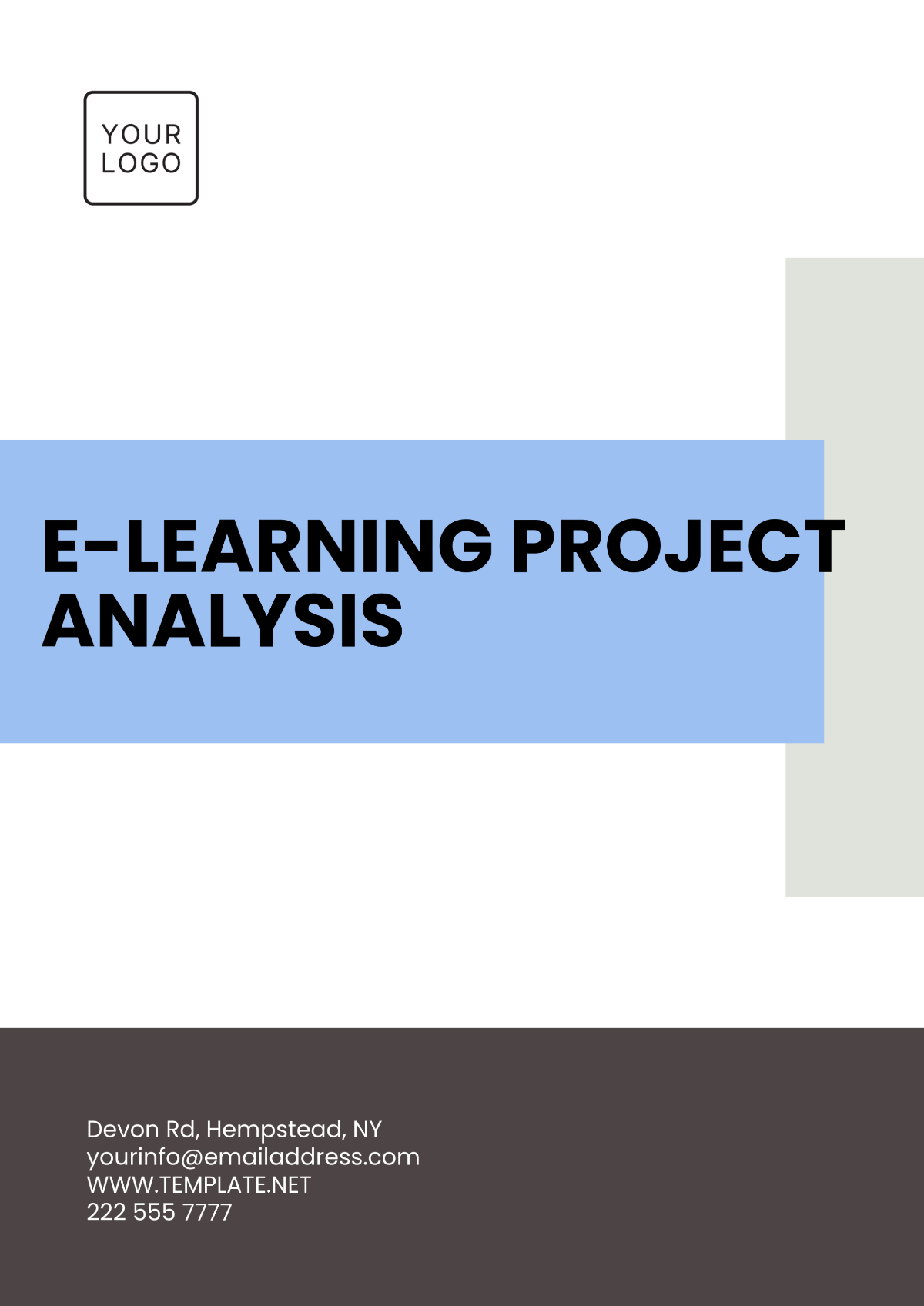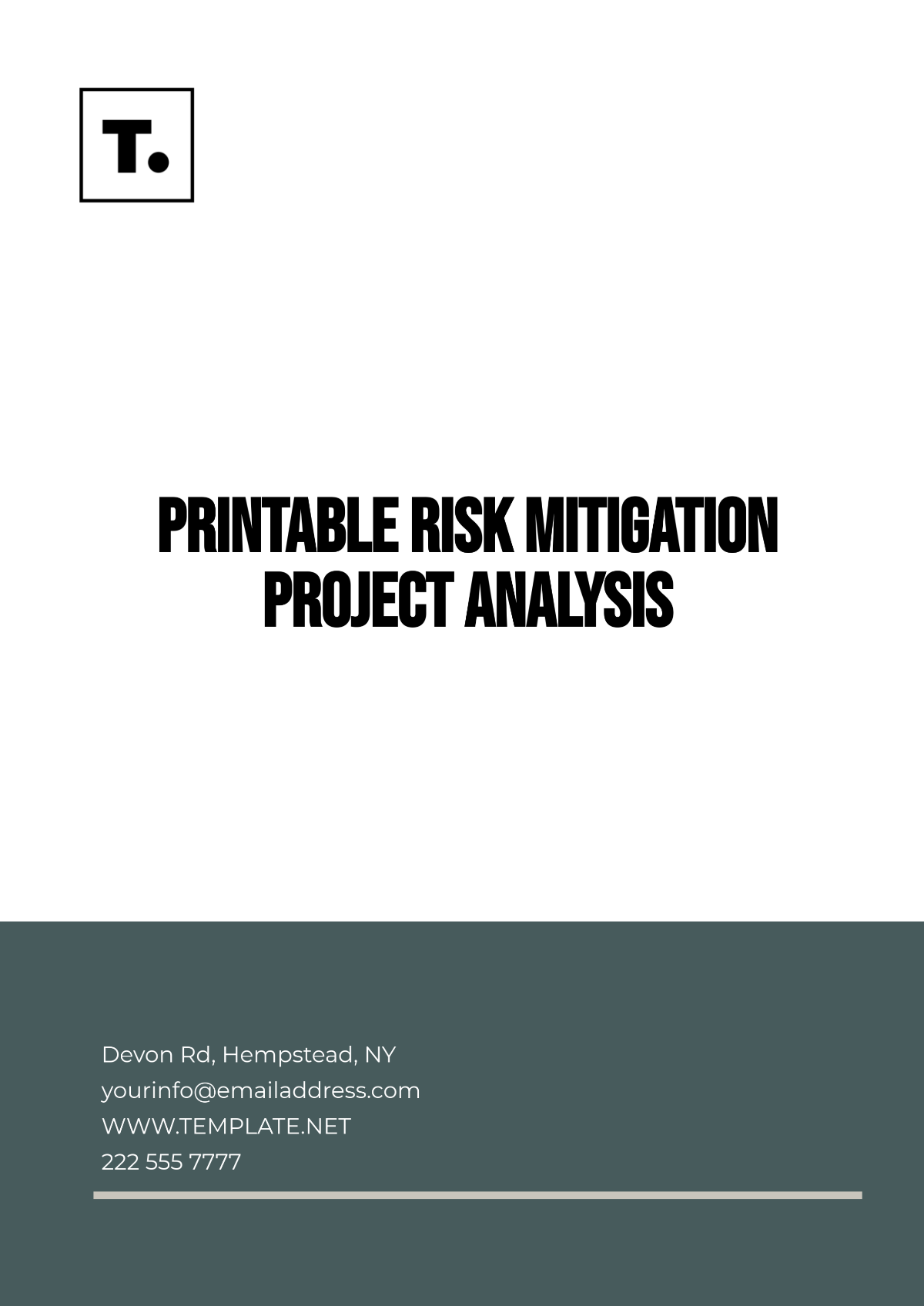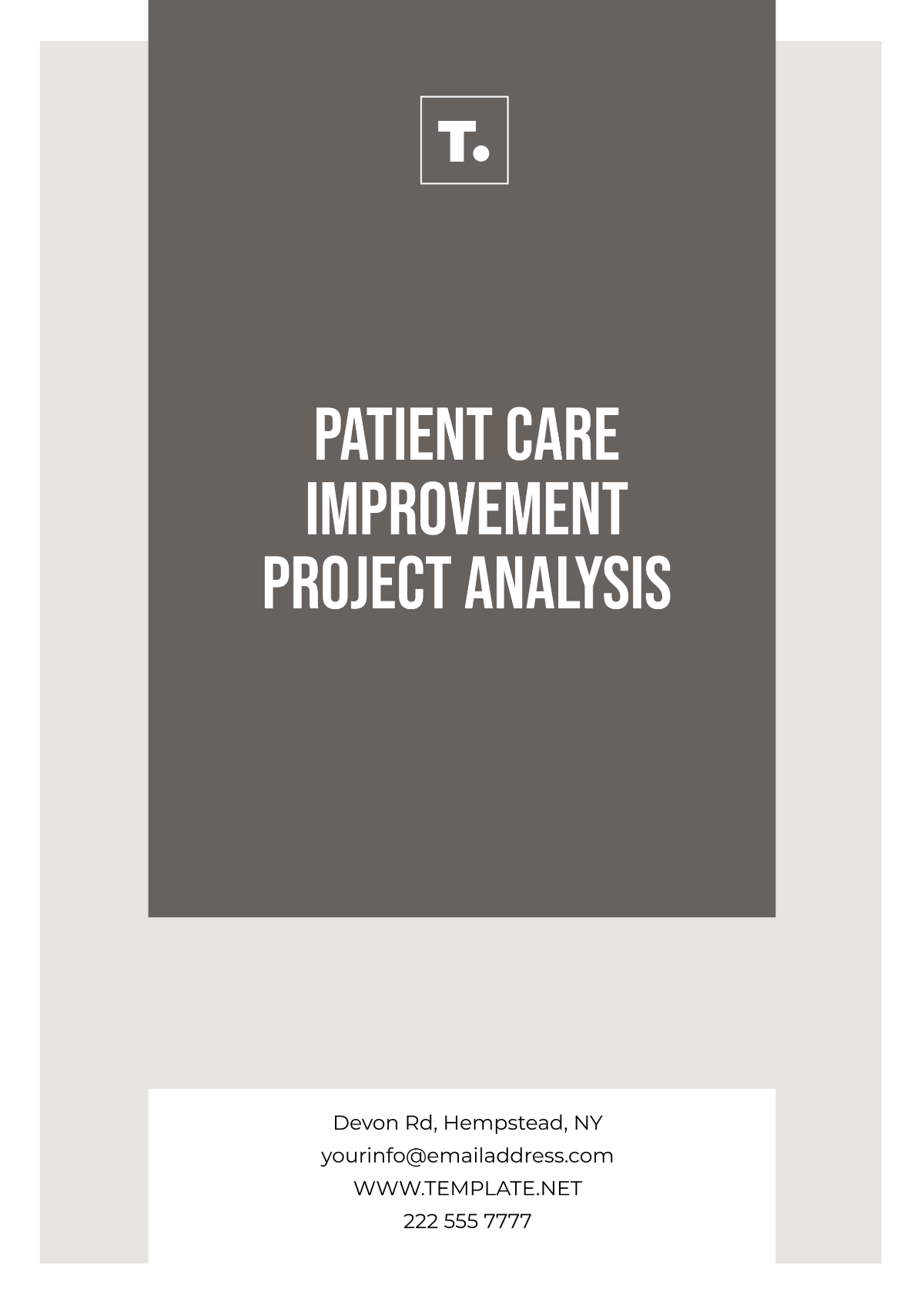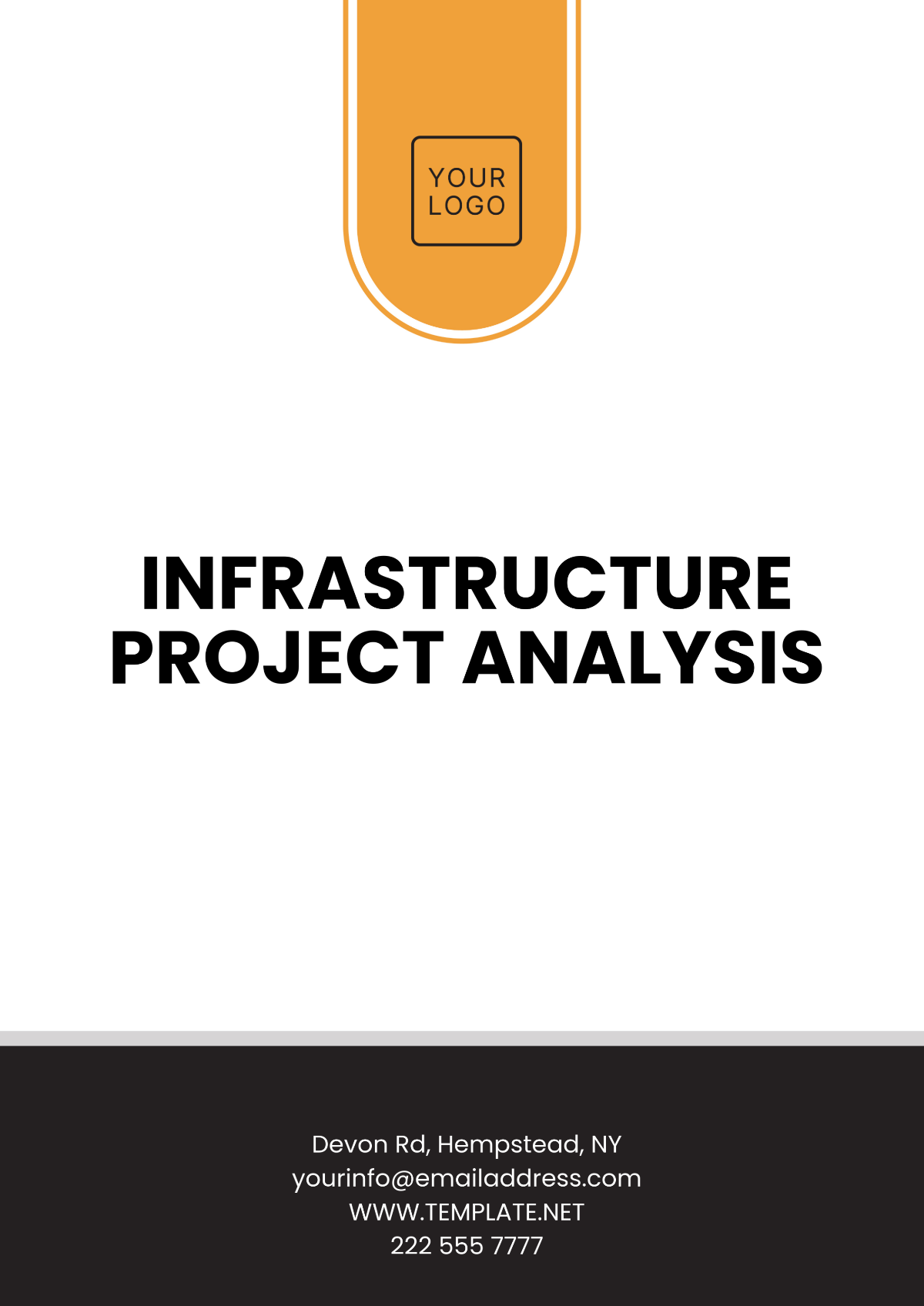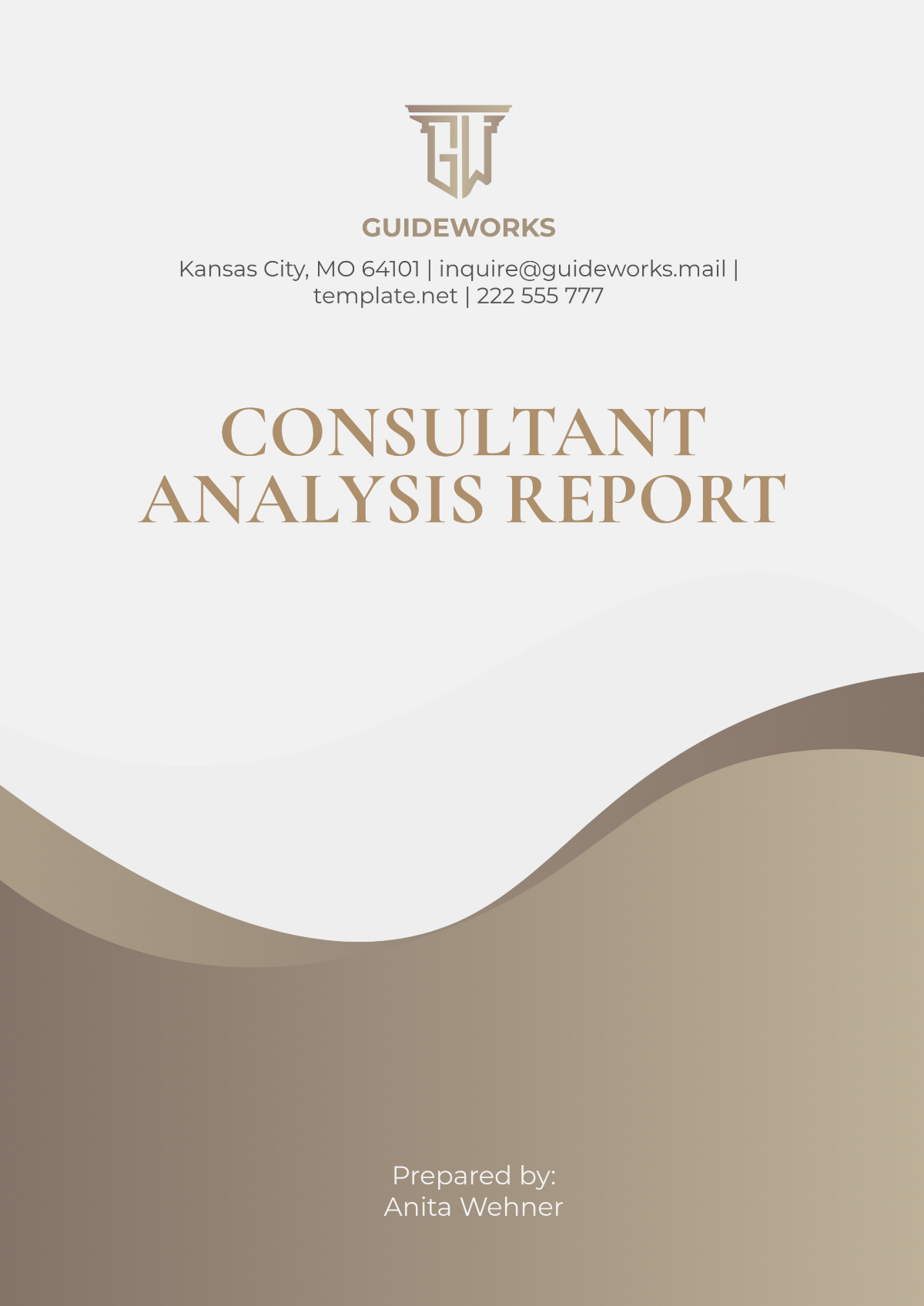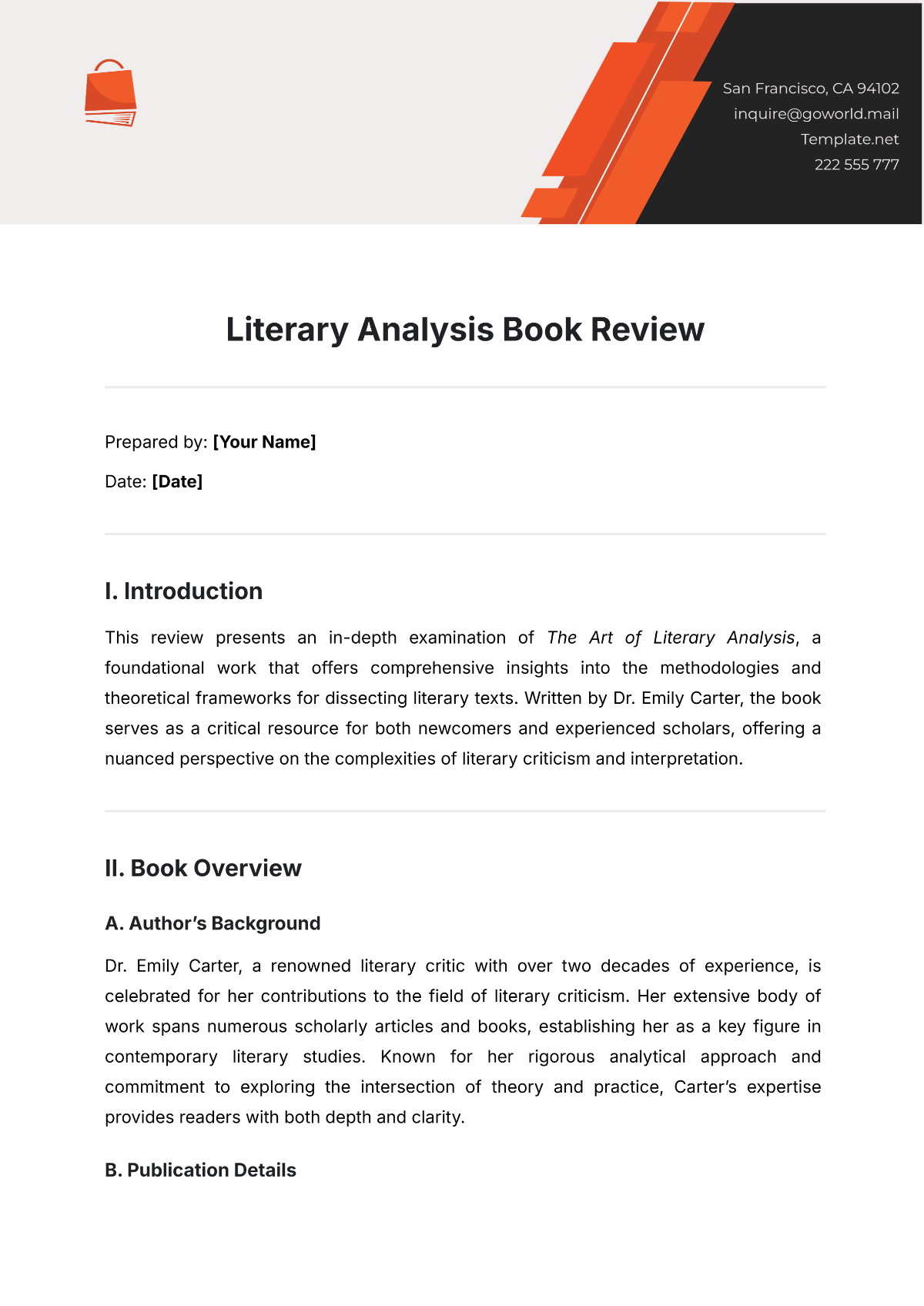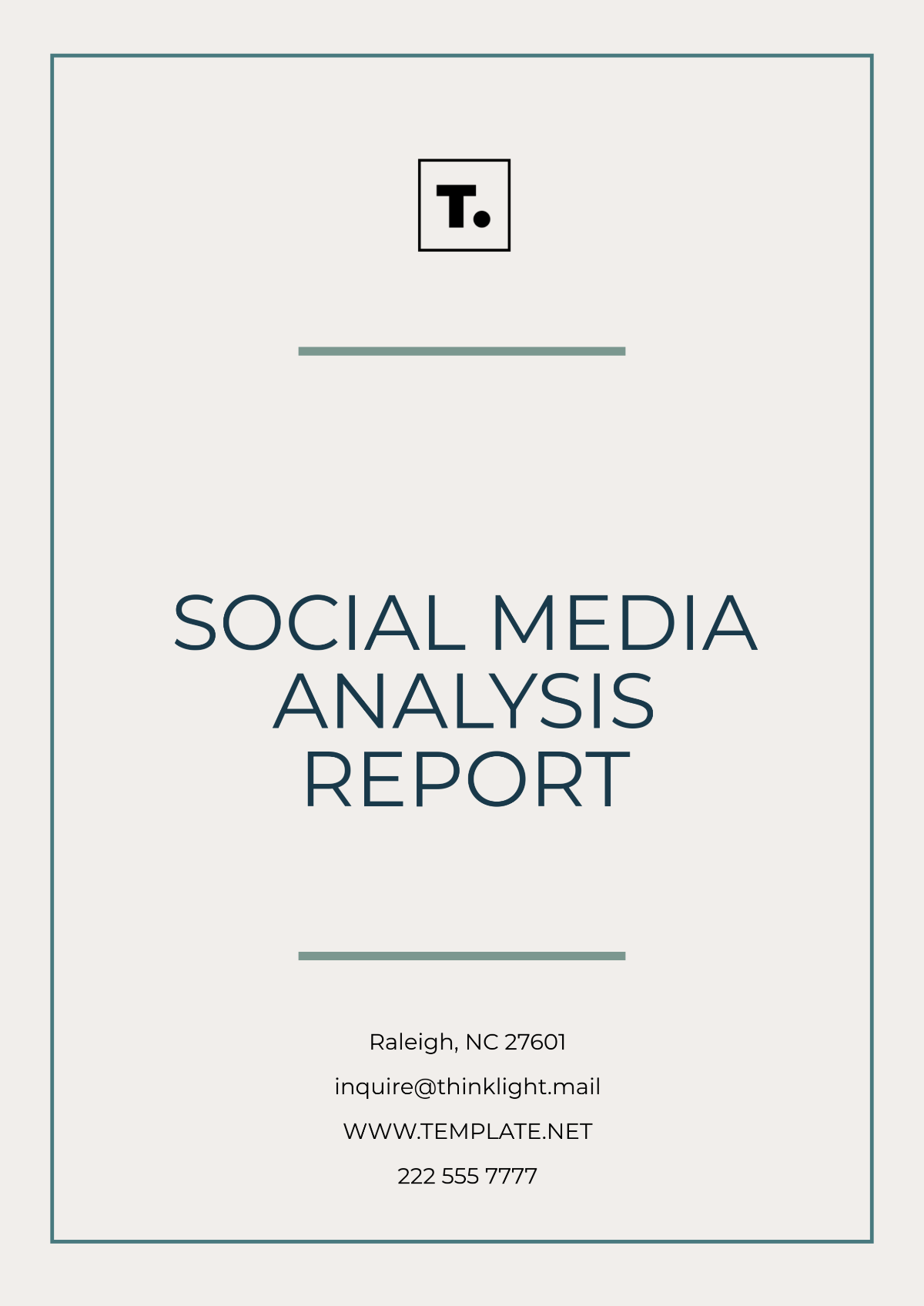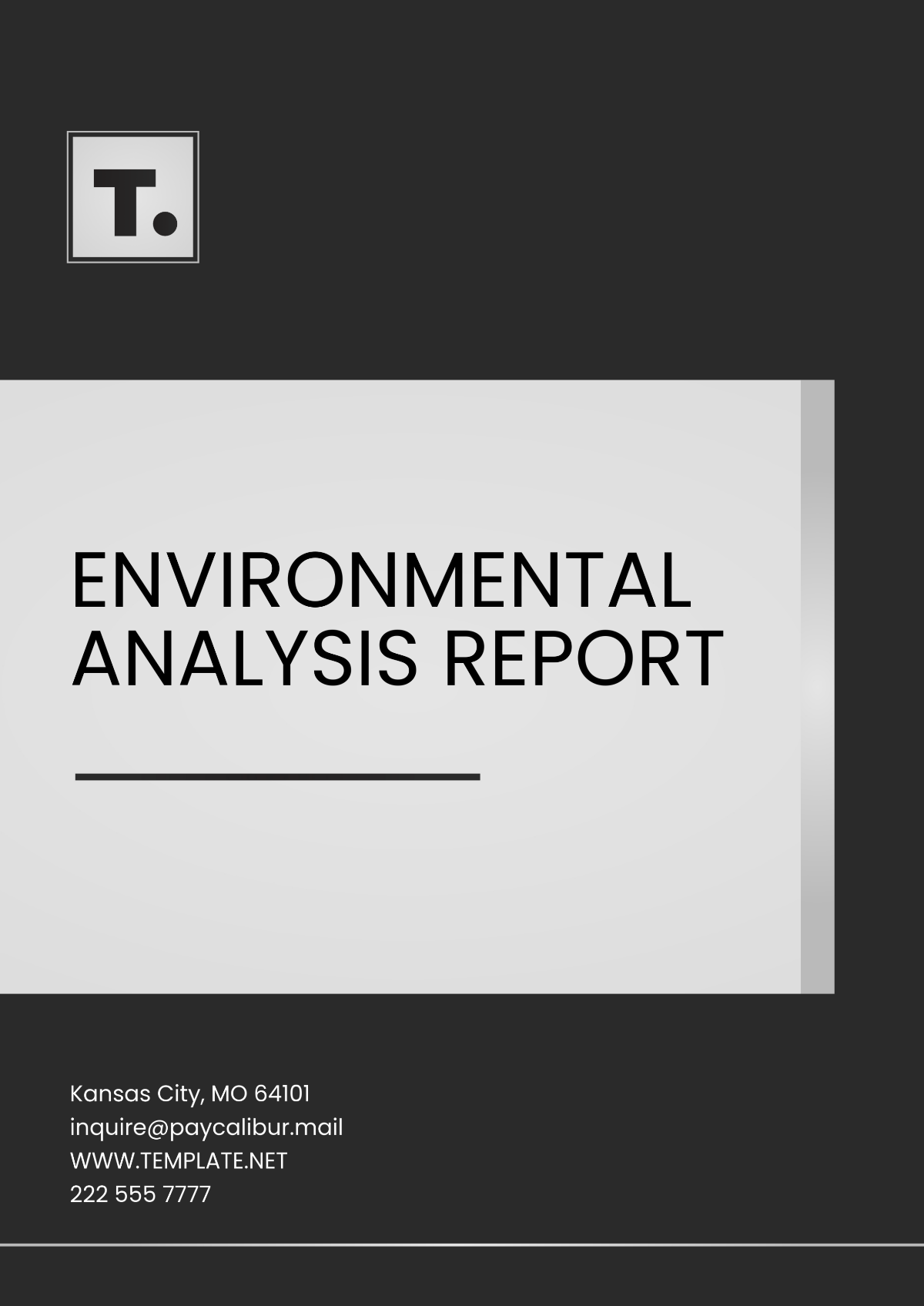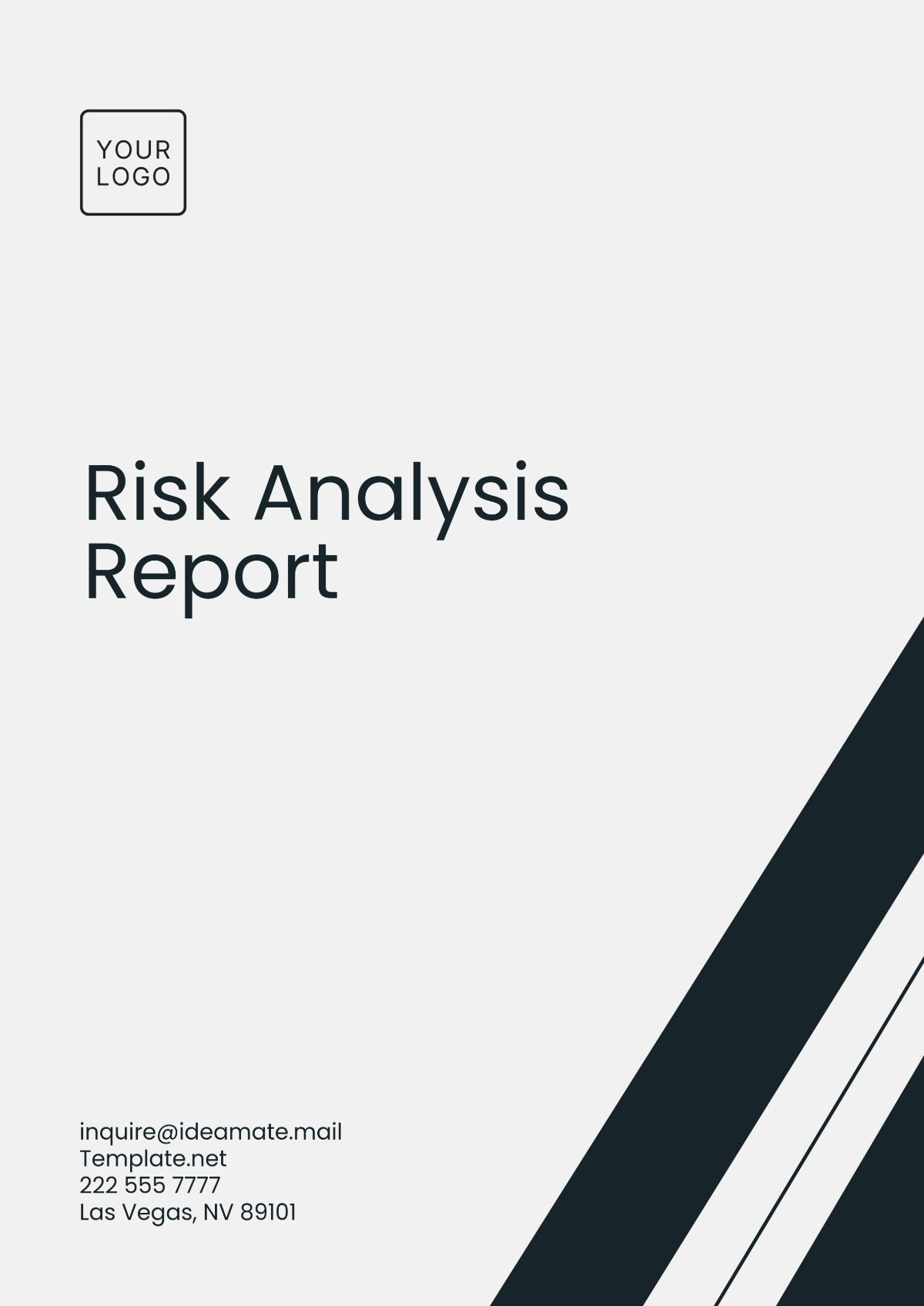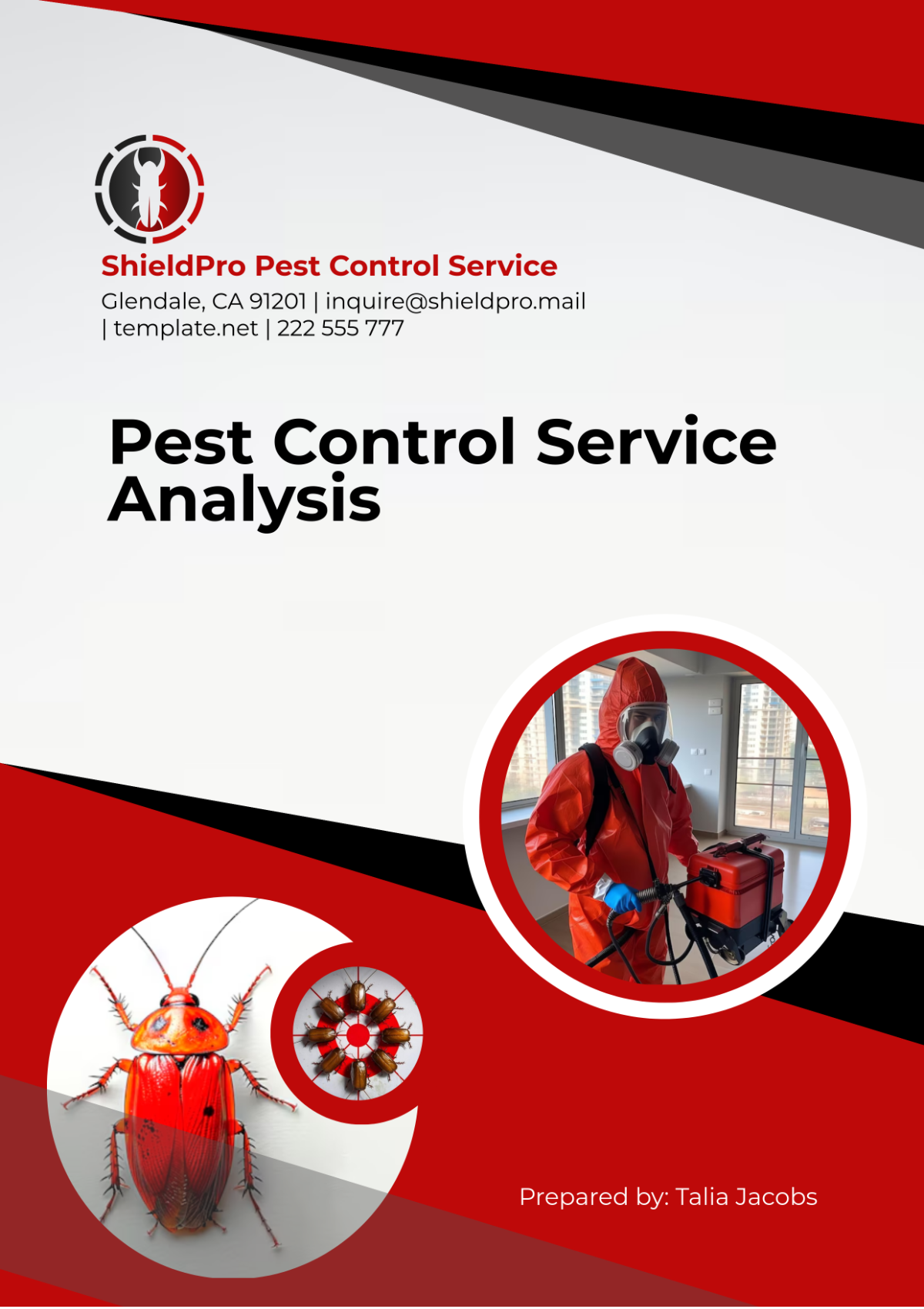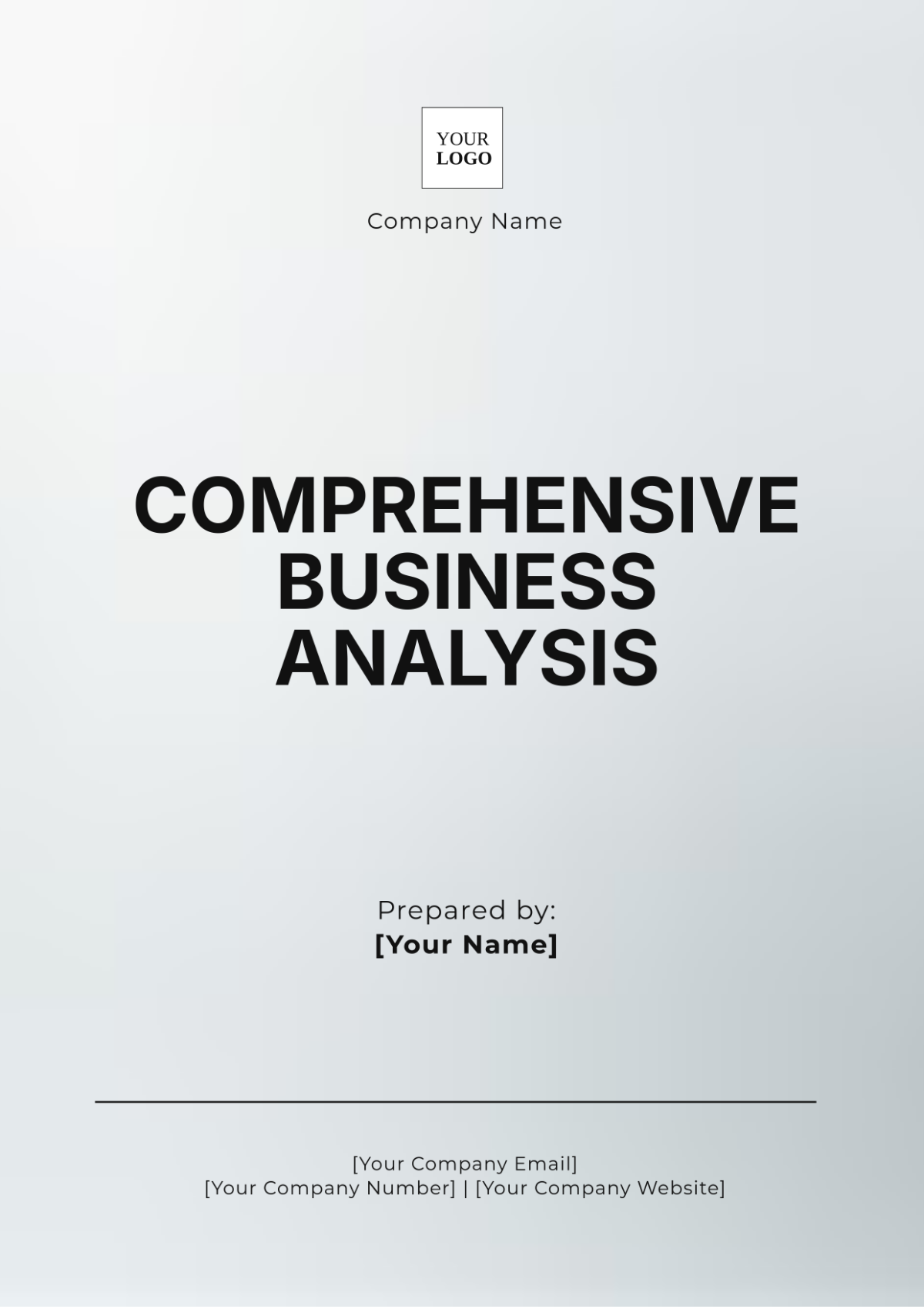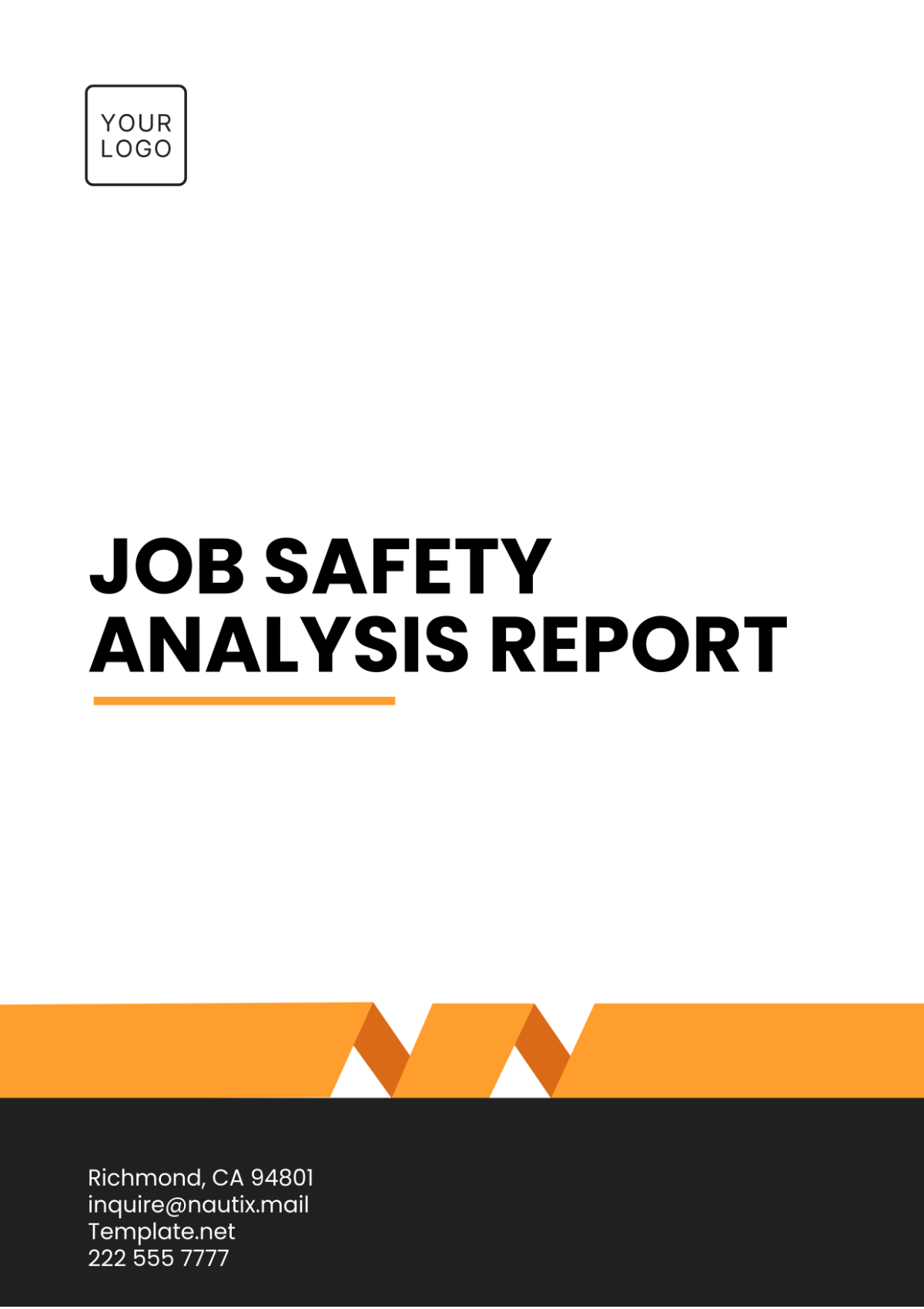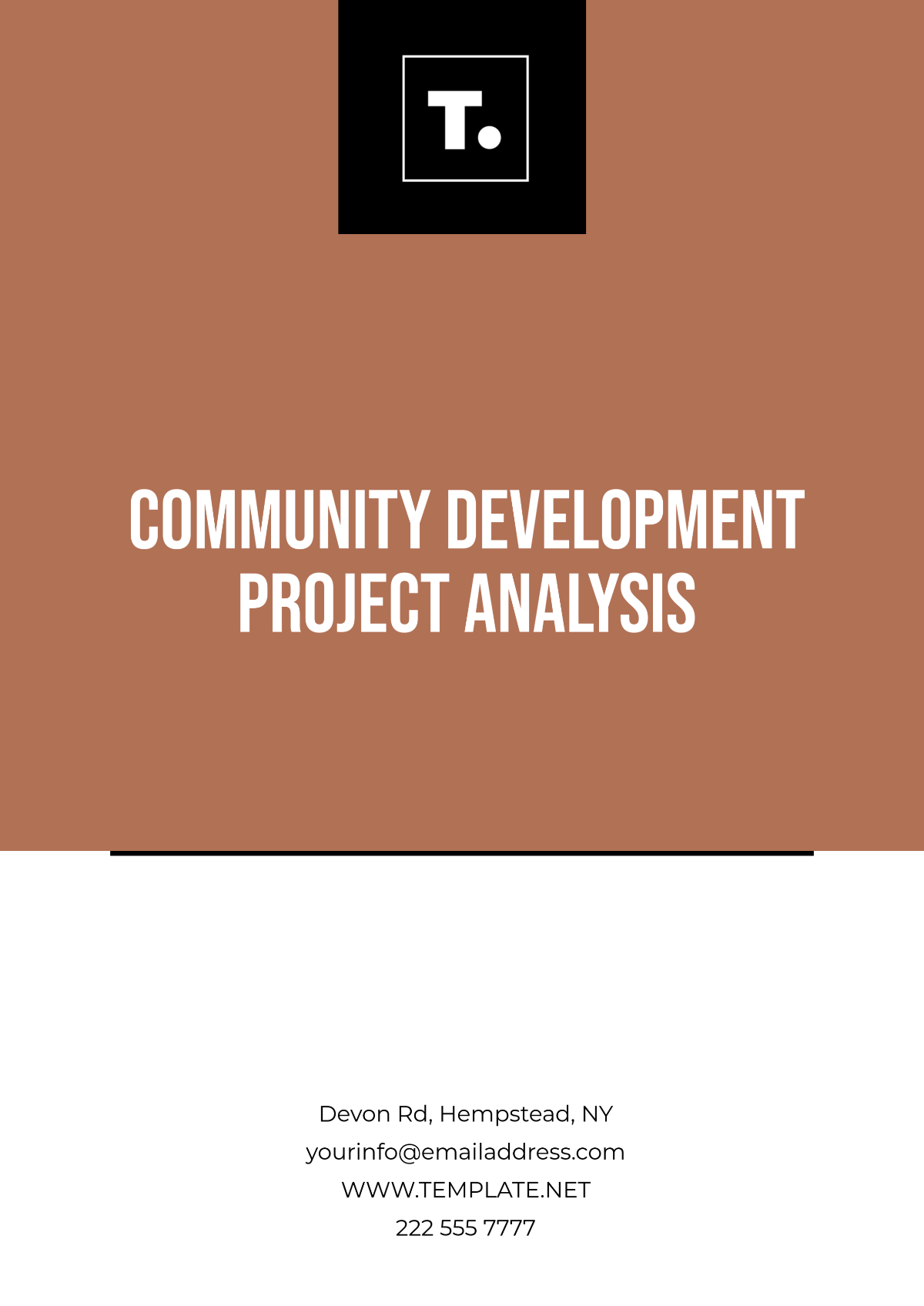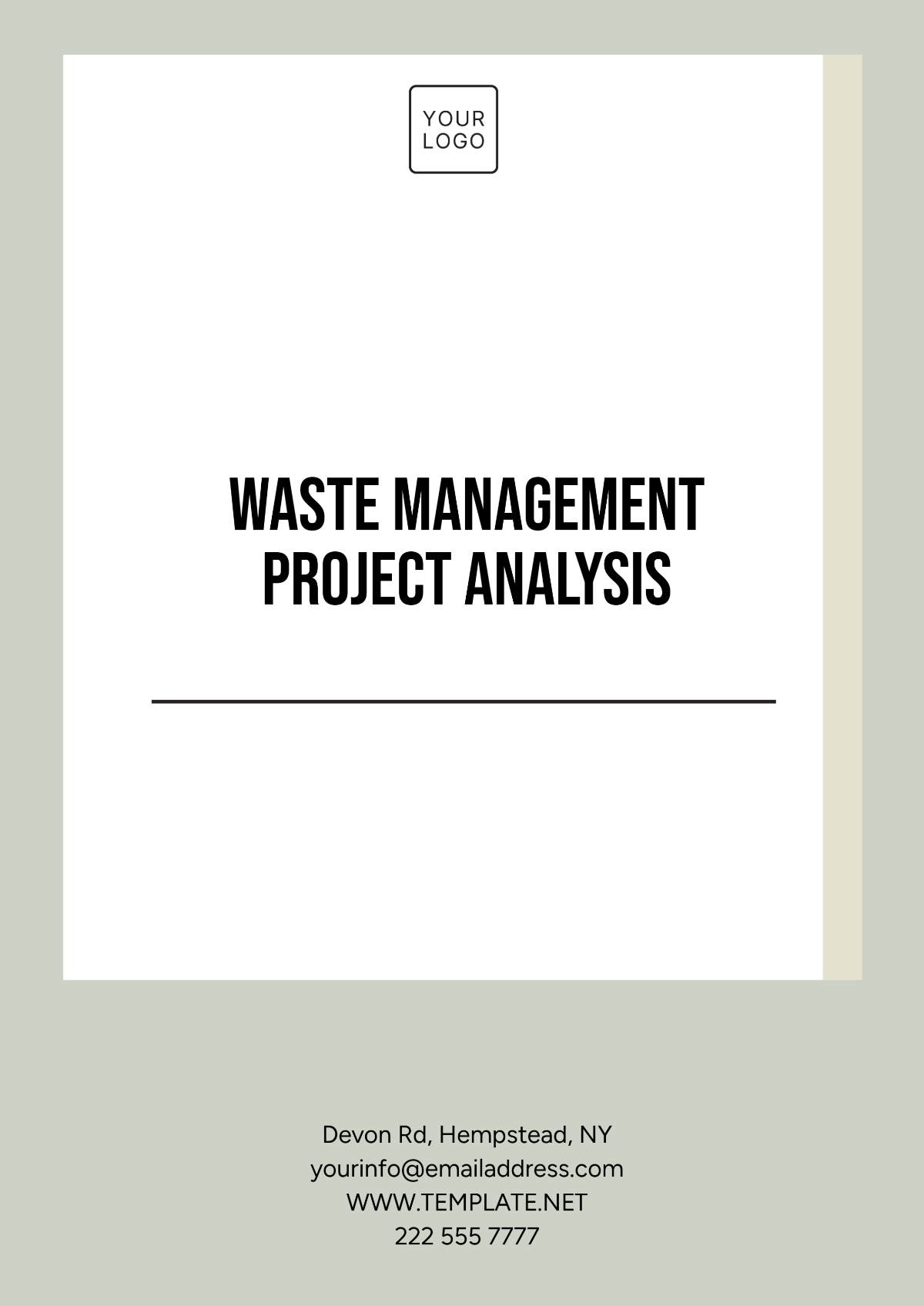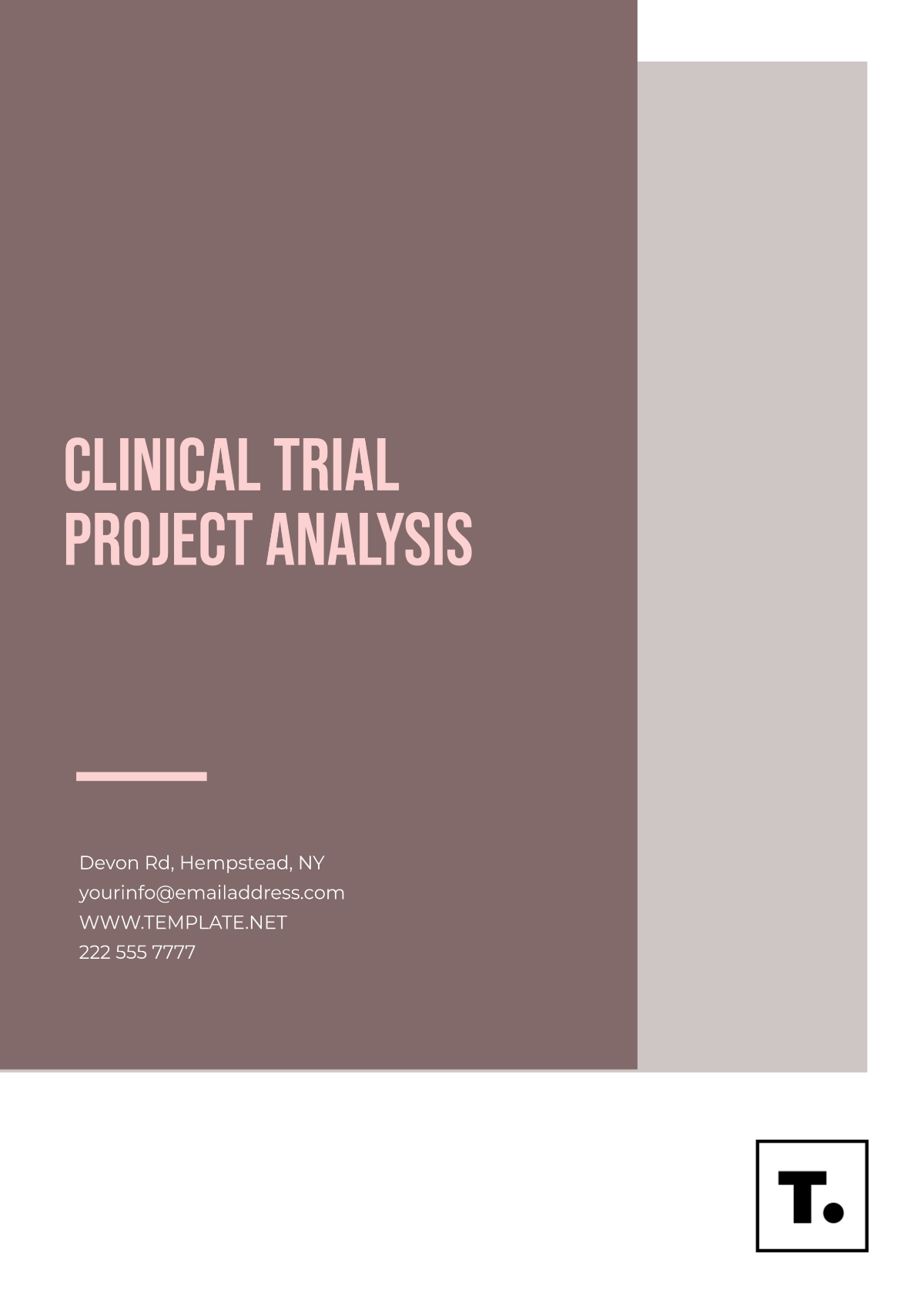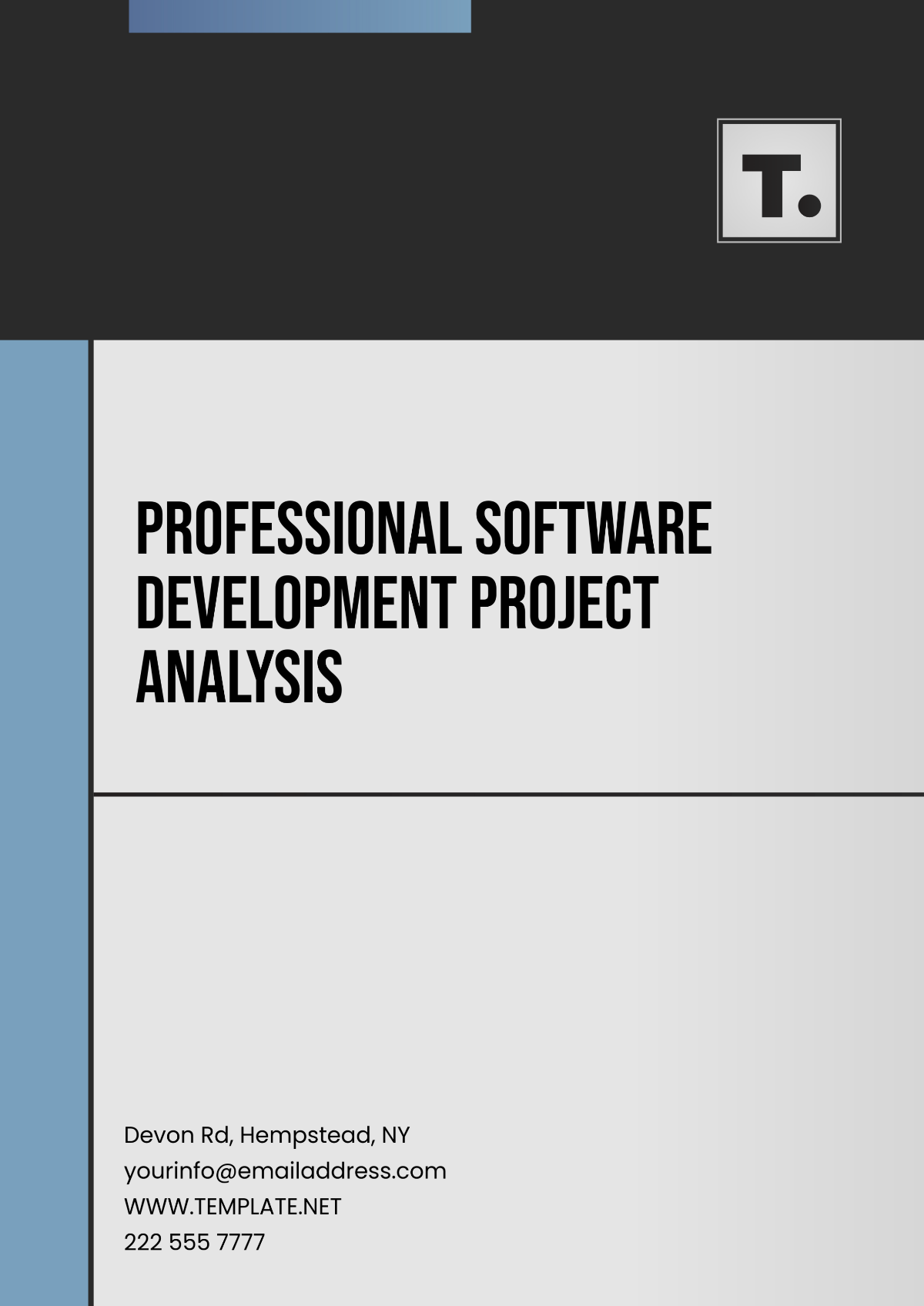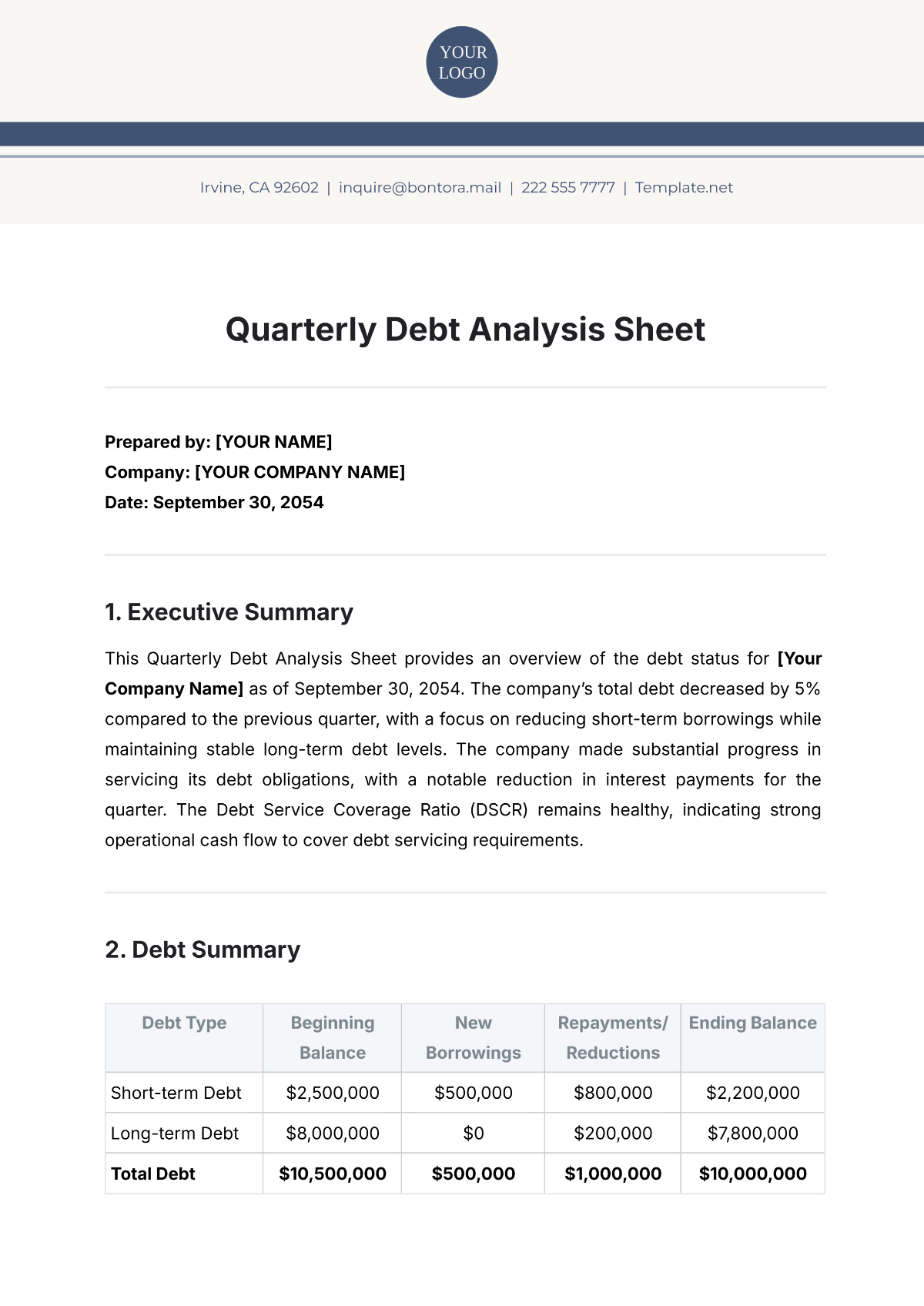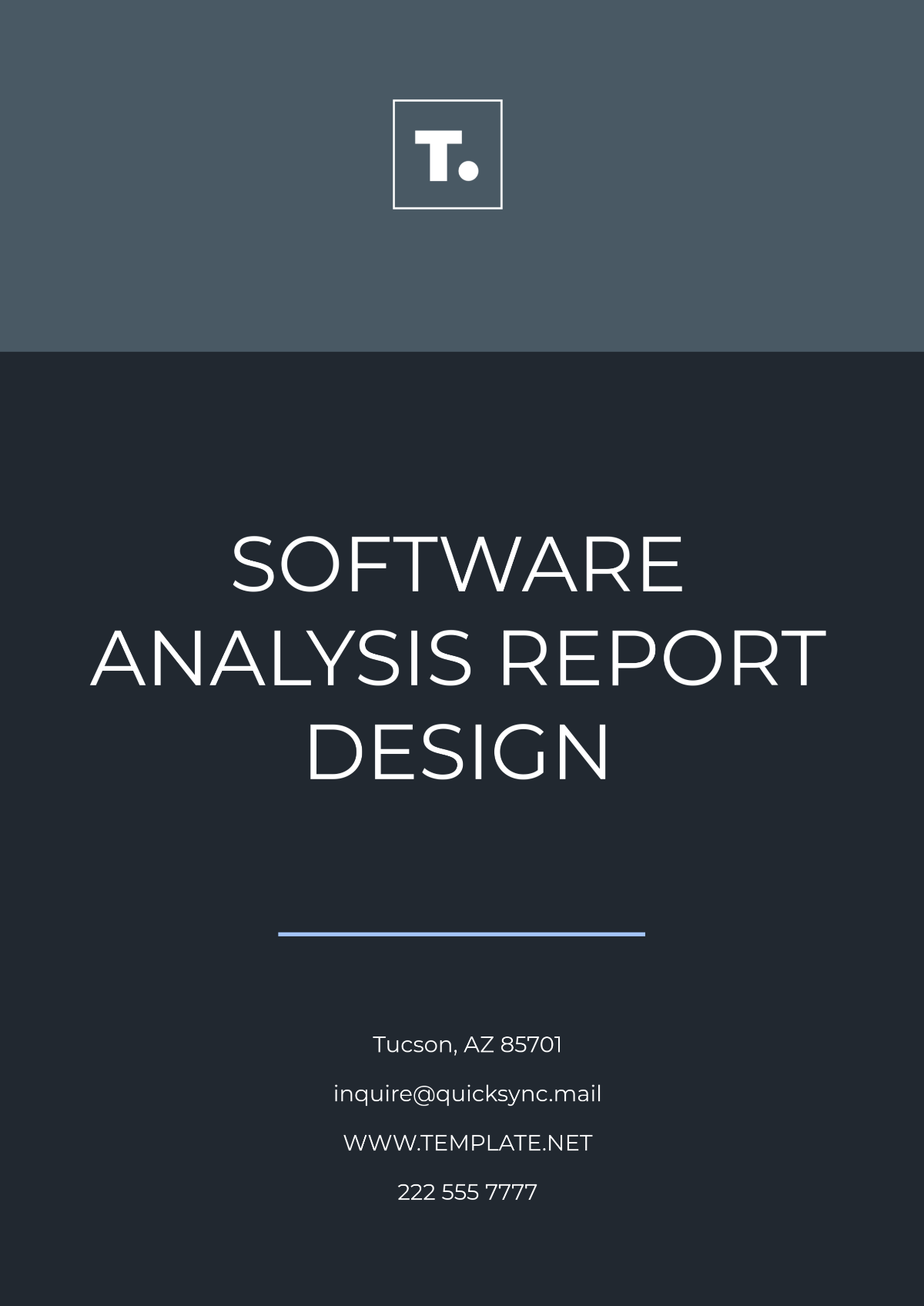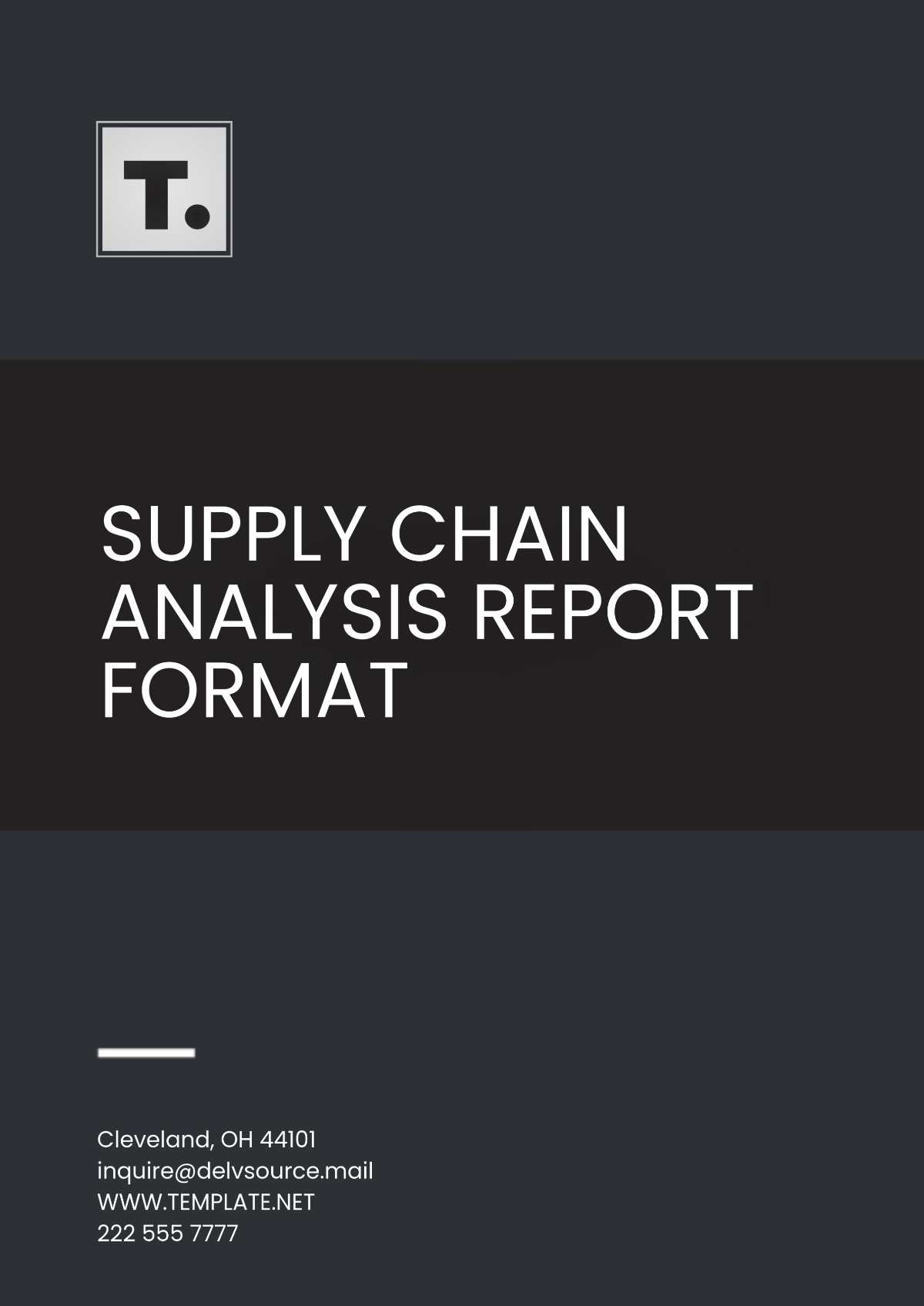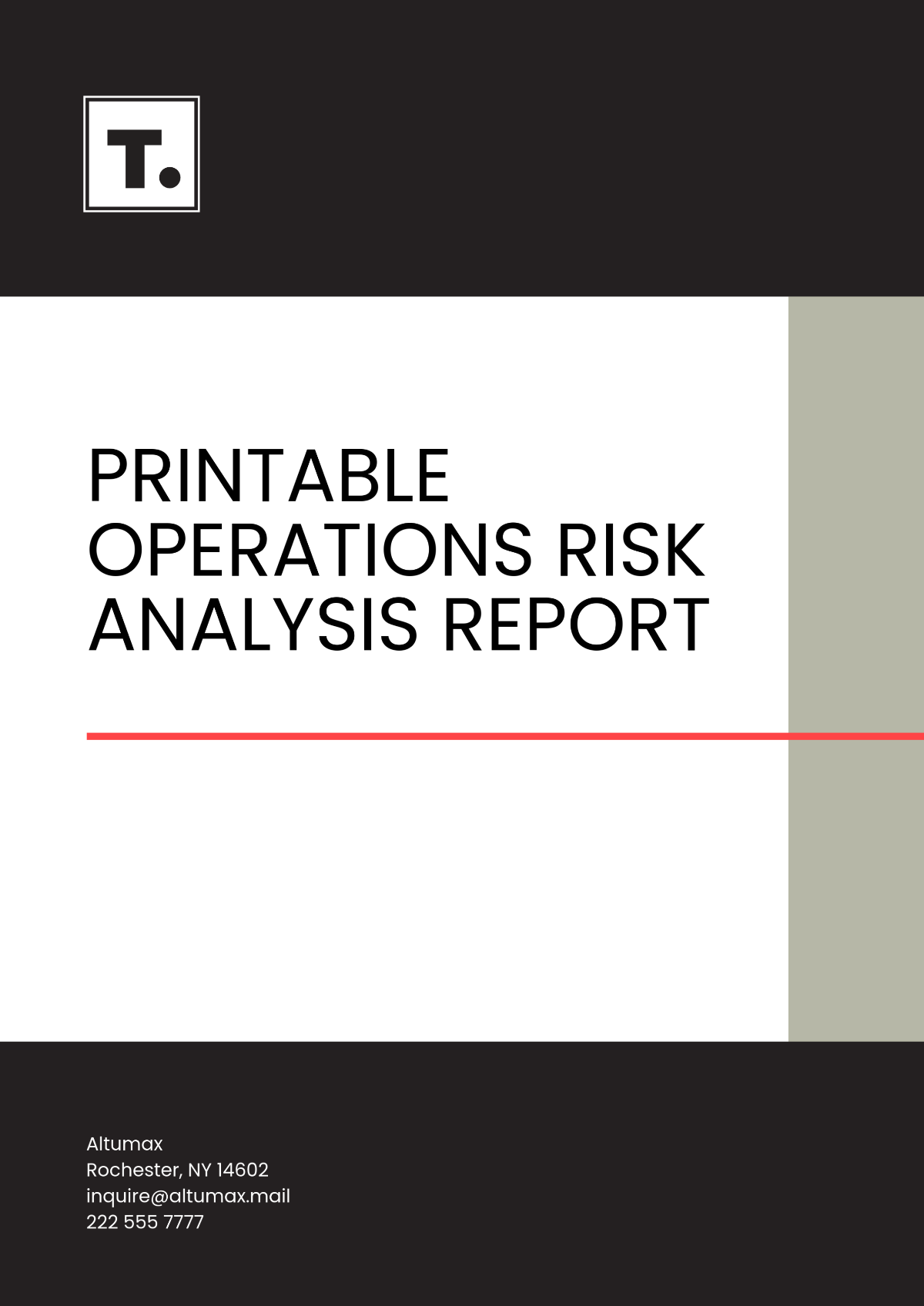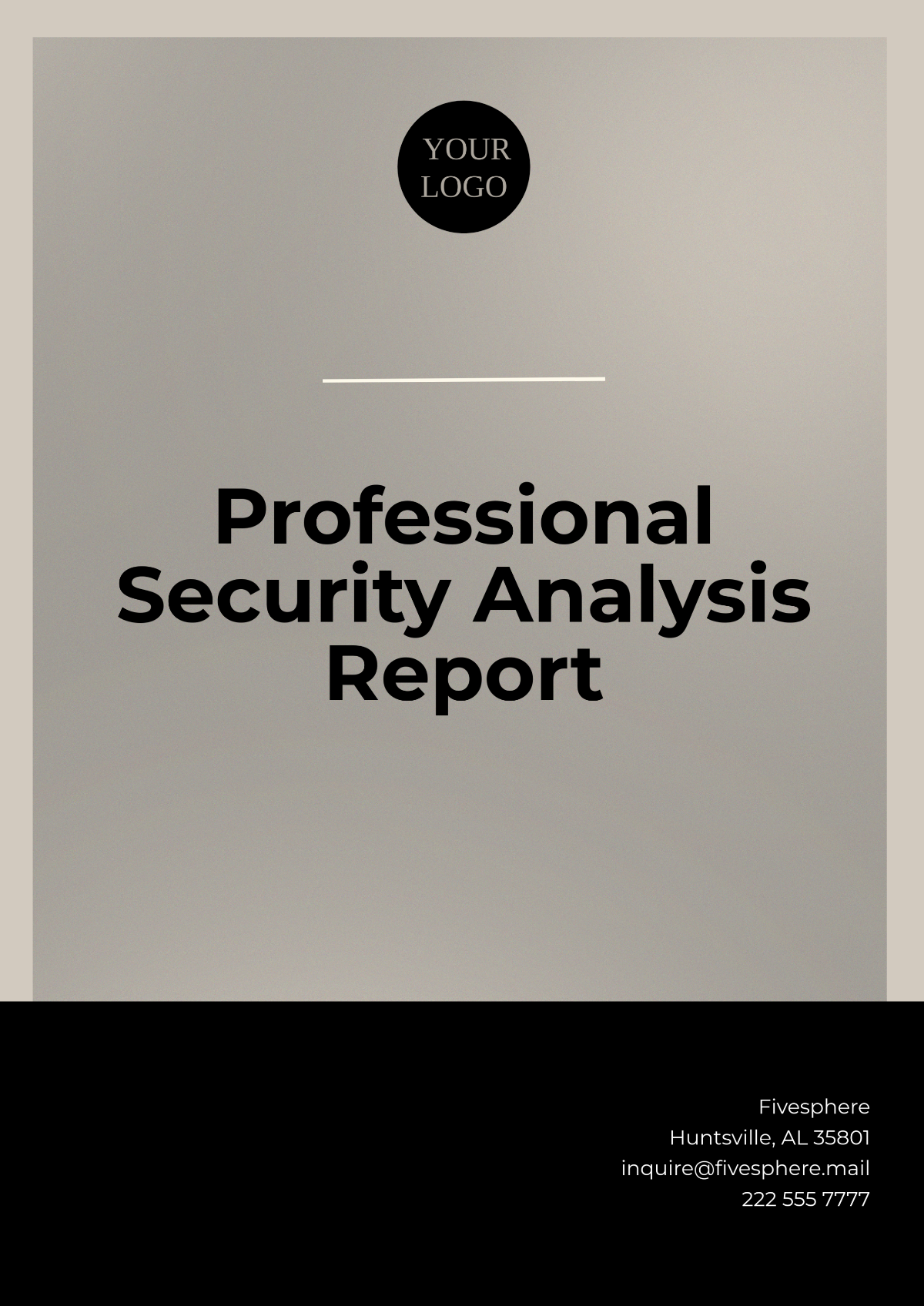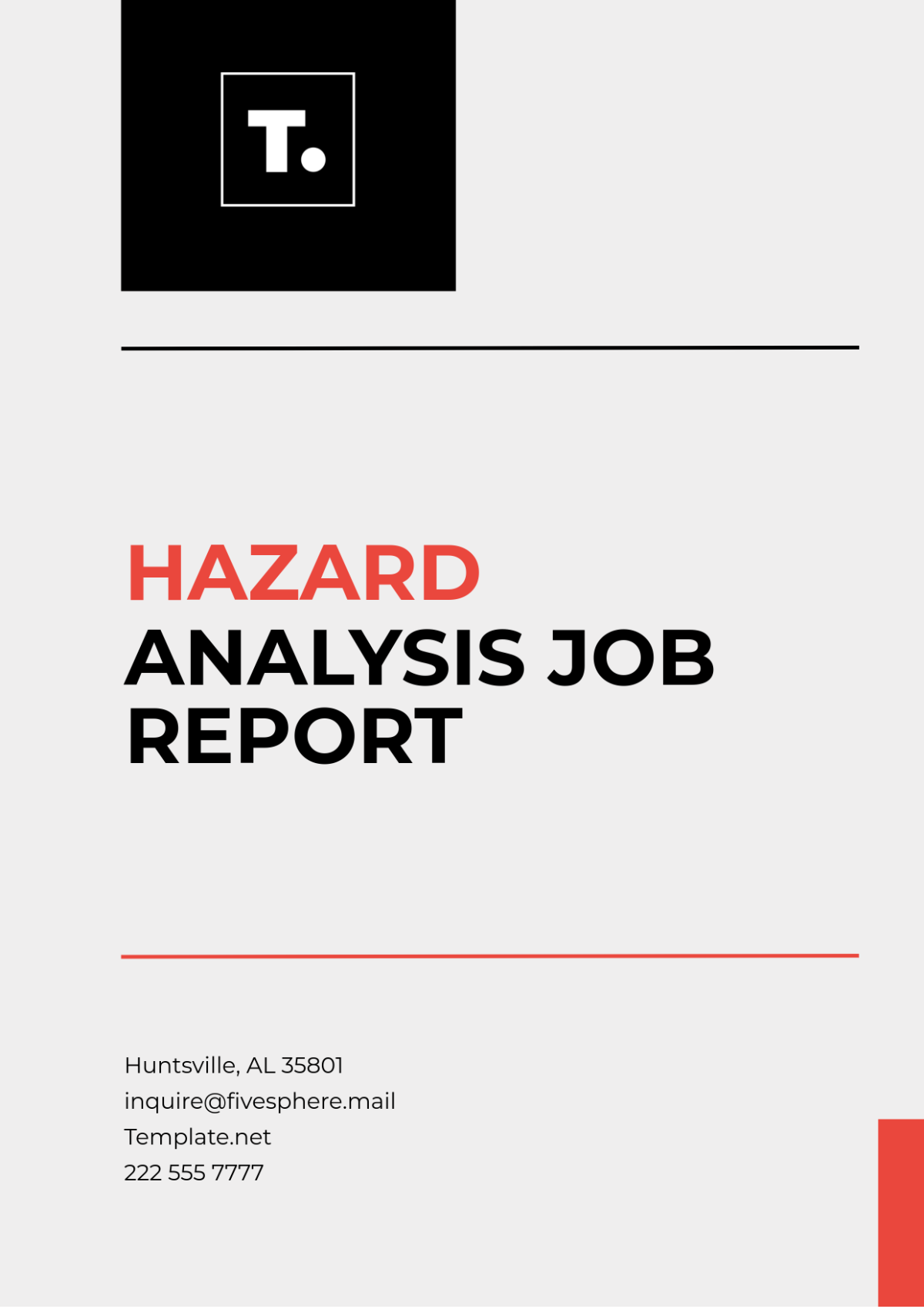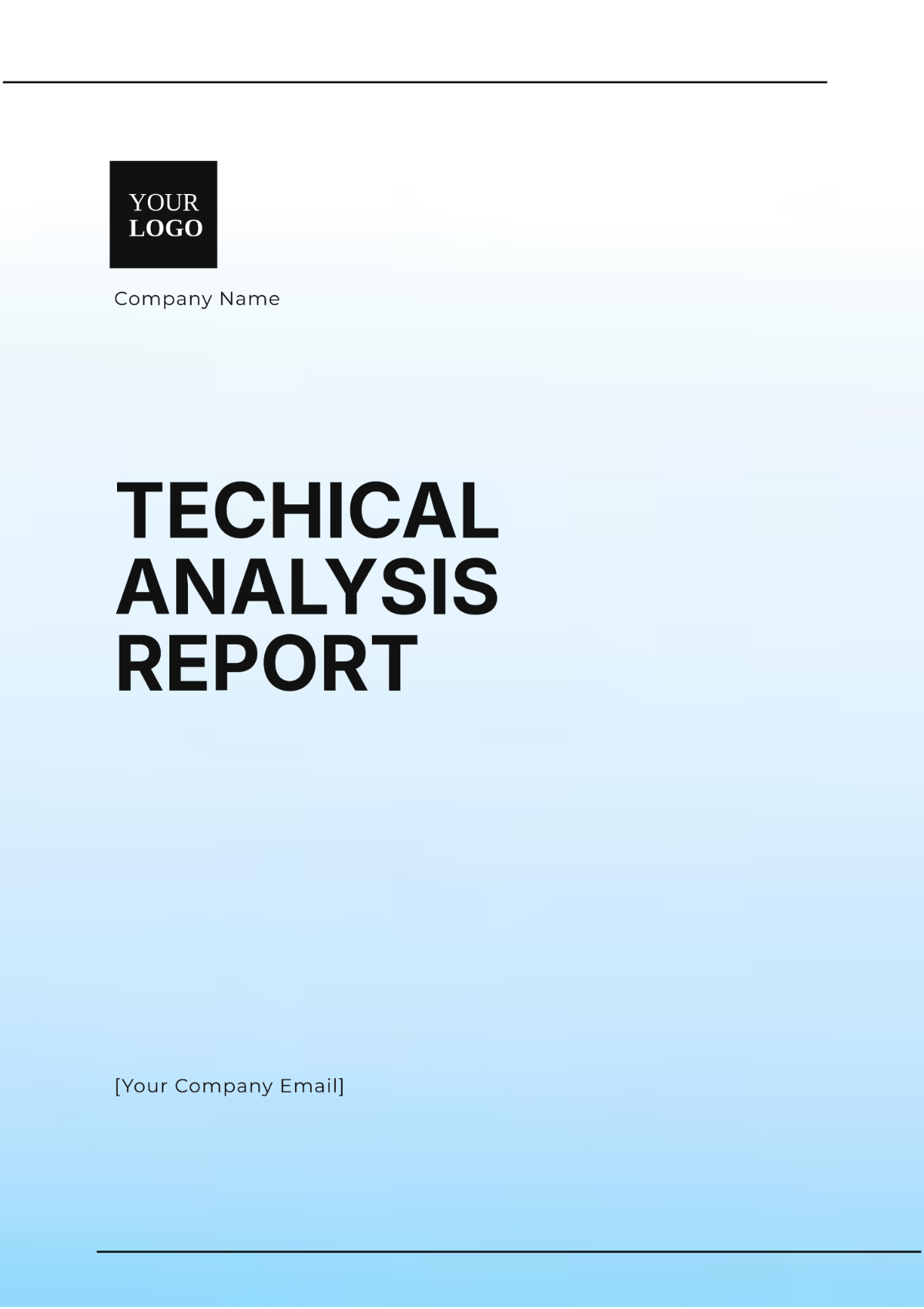I. Introduction
A. Purpose
The purpose of this Architecture Safety Analysis is to identify, assess, and mitigate potential hazards associated with the [Your Company Name] system architecture. This document aims to ensure the safety and reliability of the system throughout its lifecycle.
B. Scope
This analysis covers the entire system architecture, including hardware, software, and network components. It considers all operational phases, from development to deployment and maintenance, and addresses safety concerns relevant to the [industry] industry.
C. Audience
The primary audience for this document includes system architects, safety engineers, project managers, and other stakeholders involved in the design, development, and maintenance of the [Your Company Name] system.
D. Document Structure
This document is structured to provide a comprehensive overview of the system architecture, followed by detailed sections on hazard identification, risk assessment, safety requirements, safety analysis, safety measures, verification and validation, safety management, and concluding with findings and recommendations.
II. System Overview
A. System Description
The [Your Company Name] system is a complex, integrated solution designed to [briefly describe the primary function of the system]. It includes multiple subsystems such as [list key subsystems], each contributing to the overall functionality and safety of the system.
B. Key Components
Hardware Components: Includes servers, network devices, sensors, and user interfaces.
Software Components: Operating systems, middleware, application software, and safety-critical software.
Network Components: LAN, WAN, firewalls, and communication protocols.
III. Hazard Identification
A. Methodology
The hazard identification process utilizes a combination of techniques, including brainstorming sessions, expert judgment, and historical data analysis. Key stakeholders participated in workshops to identify potential hazards associated with the system architecture.
B. Identified Hazards
Hazard ID | Hazard Description | Component Affected |
|---|---|---|
H-01 | Overheating of server hardware | Server Rack |
H-02 | Software crash due to memory leak | Application Server |
H-03 | Network failure causing data loss | Network Switch |
C. Hazard Scenarios
Scenario 1: Overheating of Server Hardware
Description: Excessive heat generated by server components could lead to hardware failure.
Consequence: System downtime, potential data loss.
Preventive Measures: Installation of cooling systems, temperature monitoring.
Scenario 2: Software Crash Due to Memory Leak
Description: Memory leak in application software causing the system to crash.
Consequence: Interruption of service, potential data corruption.
Preventive Measures: Regular software updates, rigorous testing.
Scenario 3: Network Failure Causing Data Loss
Description: Network switch failure resulting in data packets being lost.
Consequence: Incomplete transactions, potential security breaches.
Preventive Measures: Redundant network paths, real-time monitoring.
IV. Risk Assessment
A. Risk Matrix
The risk matrix categorizes identified hazards based on their likelihood and impact.
Likelihood\Impact | Low | Medium | High |
|---|---|---|---|
High | Medium | High | Critical |
Medium | Low | Medium | High |
Low | Low | Low | Medium |
B. Risk Levels
Each hazard is assigned a risk level based on the risk matrix.
Hazard ID | Likelihood | Impact | Risk Level |
|---|---|---|---|
H-01 | Medium | High | High |
H-02 | Low | Medium | Medium |
H-03 | High | High | Critical |
C. Risk Mitigation Strategies
For High Risk (H-01):
Implement advanced cooling systems.
Conduct regular maintenance checks.
Install temperature sensors with alerts.
For Medium Risk (H-02):
Improve memory management in software.
Enhance testing procedures.
Schedule regular updates and patches.
For Critical Risk (H-03):
Establish redundant network pathways.
Utilize robust data backup solutions.
Implement comprehensive network monitoring tools.
V. Safety Requirements
A. Functional Safety Requirements
The system must automatically shut down in case of overheating (related to H-01).
The software must have built-in mechanisms to recover from crashes (related to H-02).
The network must ensure data integrity through redundancy (related to H-03).
B. Non-Functional Safety Requirements
The system should be scalable to handle increased loads without compromising safety.
The system should maintain high availability and reliability standards.
C. Regulatory Compliance
The system must comply with relevant industry standards and regulations, such as:
ISO 26262: Functional safety standard for automotive systems.
IEC 61508: Standard for electrical/electronic/programmable electronic safety-related systems.
NIST 800-53: Security and privacy controls for federal information systems.
VI. Safety Analysis
A. Failure Mode and Effect Analysis (FMEA)
FMEA is used to identify potential failure modes and their effects on the system.
Failure Mode | Effect | Severity | Probability | Detection | RPN |
|---|---|---|---|---|---|
Overheating | System shutdown | 9 | 4 | 2 | 72 |
Memory leak | Software crash | 7 | 3 | 3 | 63 |
Network failure | Data loss | 10 | 5 | 1 | 50 |
B. Common Cause Analysis (CCA)
CCA identifies common factors that could cause multiple hazards or failures.
Common Cause | Affected Hazards | Mitigation Strategies |
|---|---|---|
Power failure | H-01, H-03 | Uninterruptible power supplies (UPS) |
Software bugs | H-02, H-03 | Rigorous testing, code reviews |
VII. Safety Measures and Controls
A. Preventive Measures
Cooling Systems: Ensure adequate cooling for hardware components to prevent overheating.
Code Reviews: Conduct regular code reviews to identify and fix potential software bugs.
Network Redundancy: Implement redundant network paths to prevent single points of failure.
B. Detective Measures
Monitoring Systems: Use real-time monitoring tools to detect anomalies in system performance.
Logs and Audits: Maintain detailed logs and perform regular audits to identify and address issues early.
Alert Systems: Configure alert systems to notify personnel of potential hazards immediately.
C. Corrective Measures
Incident Response Plan: Develop and maintain an incident response plan to handle emergencies.
Patches and Updates: Apply patches and updates promptly to address known vulnerabilities.
System Backups: Regularly back up data to ensure recovery in case of data loss.
VIII. Verification and Validation
A. Safety Testing
Unit Testing: Test individual components to ensure they meet safety requirements.
Integration Testing: Test integrated components to verify they work together safely.
System Testing: Conduct comprehensive testing of the entire system under various conditions.
B. Safety Audits
Internal Audits: Conduct periodic internal audits to ensure compliance with safety policies.
External Audits: Engage third-party auditors to provide an unbiased safety assessment.
C. Incident Reporting
Reporting Mechanism: Establish a mechanism for reporting safety incidents and near-misses.
Incident Analysis: Analyze reported incidents to identify root causes and implement corrective actions.
IX. Safety Management
A. Safety Policies
Safety Policy Statement: Clearly define the organization's commitment to safety.
Roles and Responsibilities: Outline the roles and responsibilities of personnel involved in safety management.
B. Safety Training
Training Programs: Develop and implement training programs to educate staff on safety procedures and best practices.
Continuous Learning: Encourage continuous learning and improvement in safety practices.
C. Safety Documentation
Safety Manuals: Maintain comprehensive safety manuals detailing procedures and protocols.
Change Logs: Keep detailed records of changes to the system and their impact on safety.
X. Conclusion
A. Summary of Findings
The safety analysis identified several potential hazards, assessed their risks, and proposed mitigation strategies to ensure the safety and reliability of the [Your Company Name] system.
B. Recommendations
Implement Proposed Mitigations: Prioritize the implementation of the proposed risk mitigation strategies.
Enhance Monitoring: Invest in advanced monitoring tools to detect and address issues promptly.
Continuous Improvement: Regularly review and update safety measures to adapt to new challenges and technologies.
C. Next Steps
Follow-Up Reviews: Schedule follow-up reviews to assess the effectiveness of implemented safety measures.
Stakeholder Engagement: Engage stakeholders in ongoing safety discussions to ensure continuous improvement.

